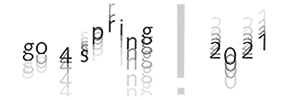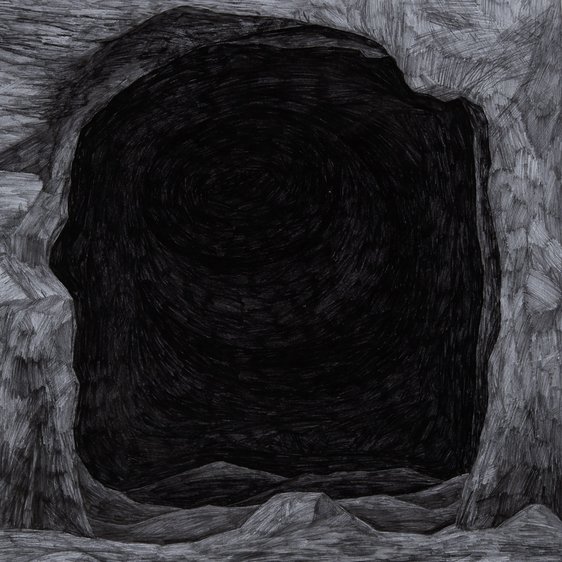Cemeteries for Future
Project information
submitted by
Franziska Klemstein & Ulrike Kuch
Co-Authors
Stephanie Bär, Fang-Sheng Chou, Hannes Dünnebier, Sophia Fiedler, Leonard Follner, Josephine Führer, Nina Leona Günther, Lisa Marie Hamberger, Helena Judith Heckenbach, Kathleen Heinze, Paula Heucke, Jonathan Hock, Paula Lisa Malu Holzhauer, Zhiyuan Huang, Maren Jürging, Bastian Kniza, Pia Mozet, Anton Müller,
Jan Overmeyer, Ida Julie Richter, Eduardo Jose Rubio Parra, Constantin Markus Xander Rühl, Bennet Scherer, Carolin Schmidt, Johann Amos Friedrich Schüfer, Denis Adam Sendobry, Anne Dorothea Velde, Hannah Lena Wellpott, Maria Magdalena Winkler, Enikö Charlotte Zöller
Mentors
Franziska Klemstein, Ulrike Kuch
Degree programme:
Architektur (Bachelor of Science (B.Sc.)),
Architektur (Master of Science (M.Sc.)),
Urbanistik (Bachelor of Science (B.Sc.)),
Urbanistik (Master of Science (M.Sc.)),
Freie Kunst (Diplom),
Medienwissenschaft (Master of Arts (M.A.)),
Medienkunst/Mediengestaltung (Bachelor of Fine Arts (B.F.A.)),
Medienkunst/Mediengestaltung - Studienprogramm Integrated International Media Art and Design Studies (Master of Fine Arts (M.F.A.) und Master of Arts (M.A.)),
Medienmanagement (Master of Arts (M.A.)),
Medienkultur (Bachelor of Arts (B.A.))
Links
http://www.uni-weimar.de/archite...
Contributors:
Dr. Julian Heigel (Bestatter; thanatos-berlin.de)
Anna Kopácsi, M.Sc. (Absolventin)
Project description
Cemeteries are not only places of memorial culture but also reflections of our pluralistic society.
Under the title "Friedhöfe for Future" (Cemeteries for Future), the interdisciplinary seminar dealt with political, ecological and social issues and opened up a broad spectrum of topics, ranging from cemeteries as ecological islands of the cities to the political instrumentalization of death.
Cemeteries, forms of burial, mourning rituals and their respective artistic-architectural forms formed the content-related core of the courses.
The aim was to encourage the students to critically observe social developments, to analyze the insights and to discuss them in an interdisciplinary context with fellow students and lecturers. The task for the final artistic-scientific project was to select and reflect one aspect from the seminar within an interdisciplinary group.
Please visit www.uni-weimar.de/architektur/fff to see the findings of the seminar.
As Bauhaus.Modul, the seminar was kindly supported by Bauhaus-Universität Weimar. Many thanks to Bauhaus-Universität Weimar, to our experts Anna Kopácsi and Julian Heigel, to our tutor Hannah Wellpott and of course to all our wonderful students.










